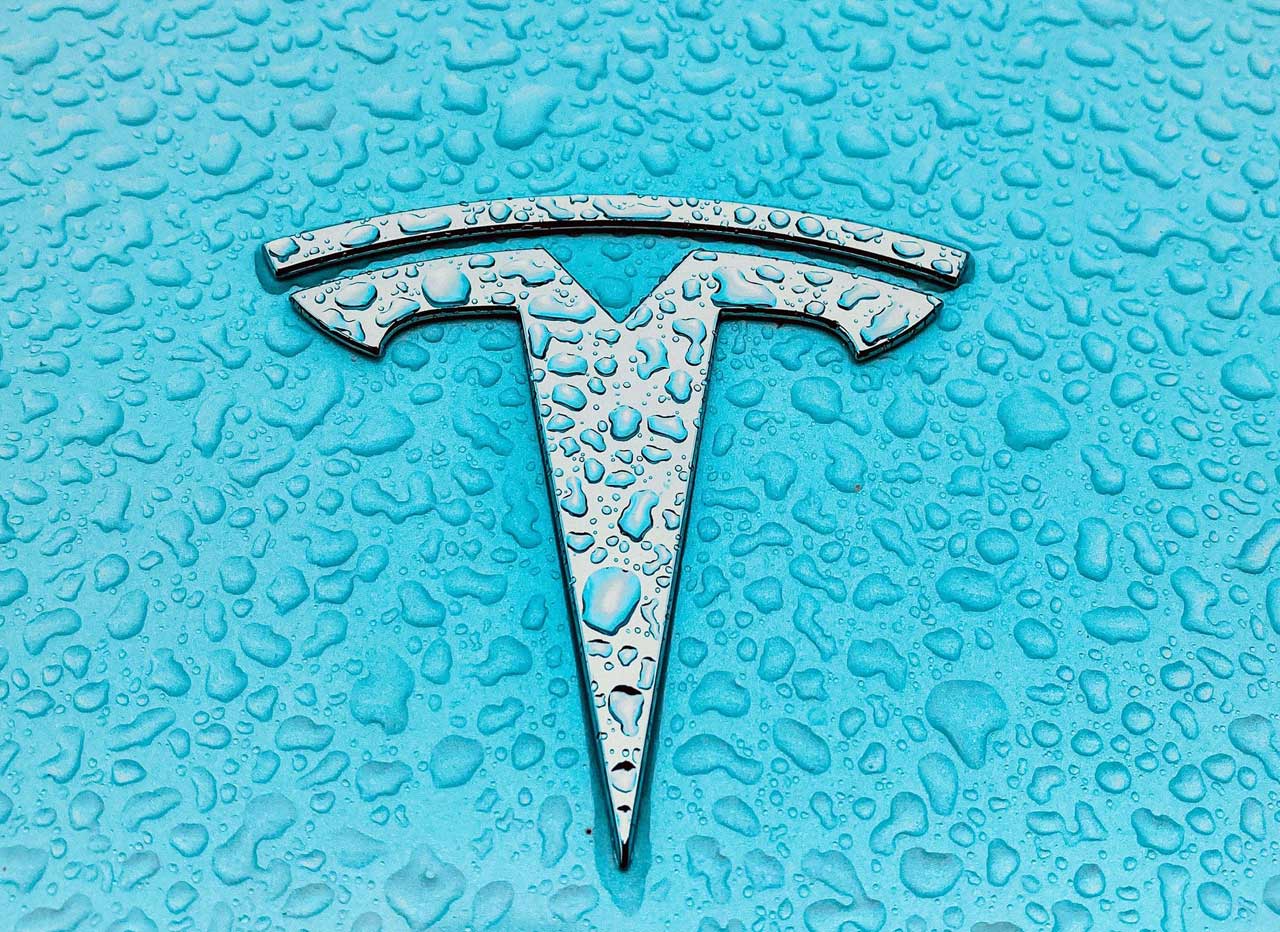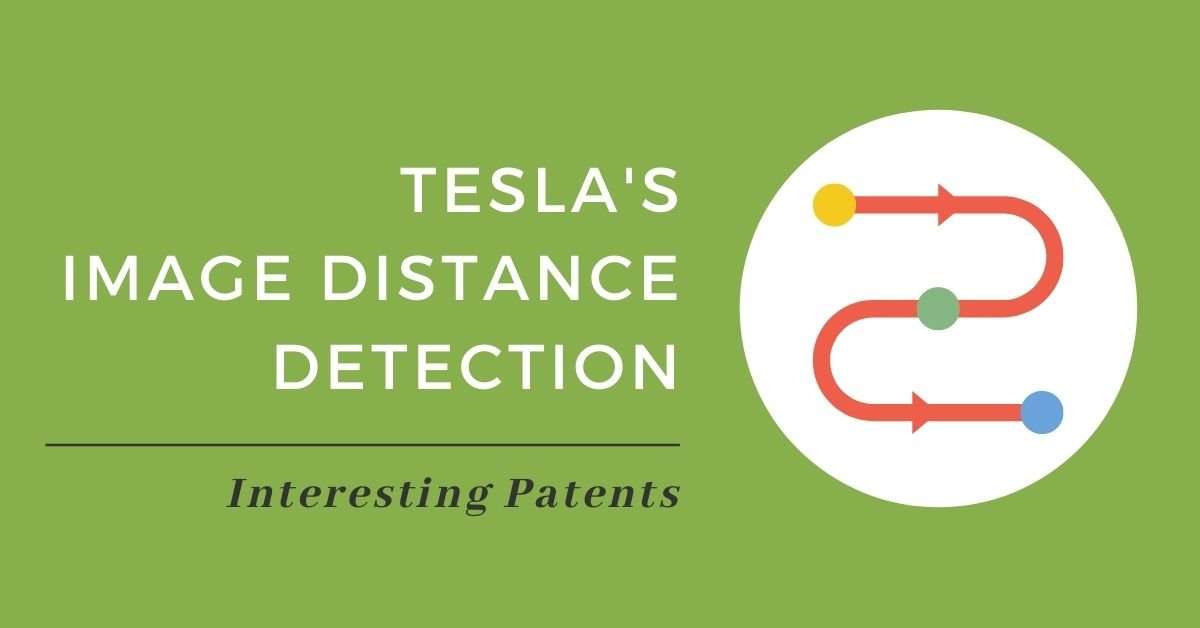ewoodrick
Well-Known Member
There are two Bluetooth connections from the phone to the car. Only the classic connection appears in the Bluetooth settings. The car key is relatively invisible, it uses BLE.Re-pairing did not work.
I deleted the entire phone connection on the touchscreen. Make sure you have the car key when doing this to avoid being locked out.
When repairing a phone, it should be expected that all existing references to the existing pairing is removed. Otherwise it's not repairing, it's reconnecting.
Because it is just the audio connection that you should be impacting (not the key) then the card key really shouldn't be needed. They are two very different things.
General example is that when the Delivery Advisor first got you in the car, they should have setup the phone key for you. Dependent on the advisor, they probably didn't setup the normal phone audio connection,
Yes, if repairing is recommended, you should always remove all vestiges of the other device from each device. This is important in ANY Bluetooth pairing. (Headphones, computers, etc)





